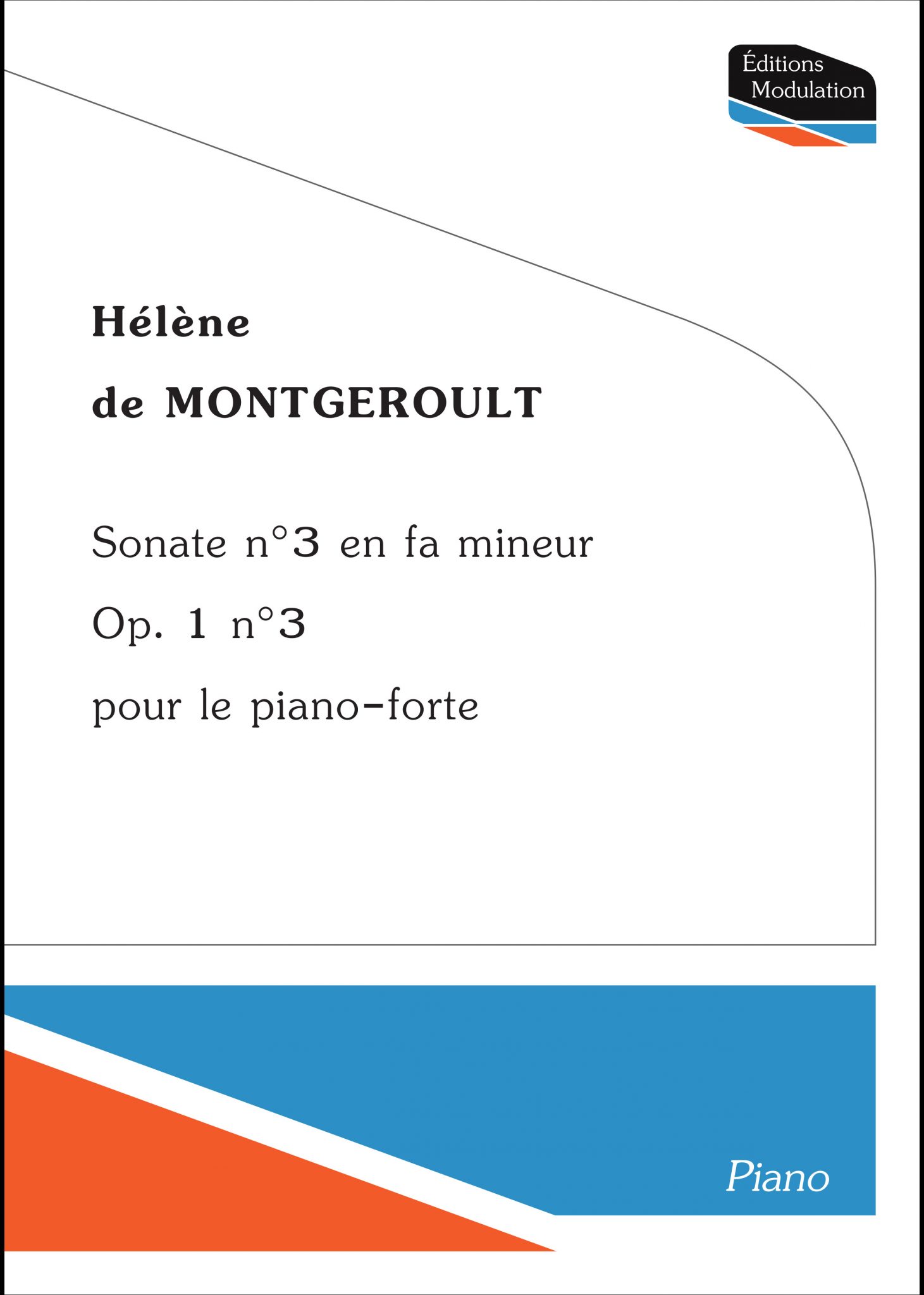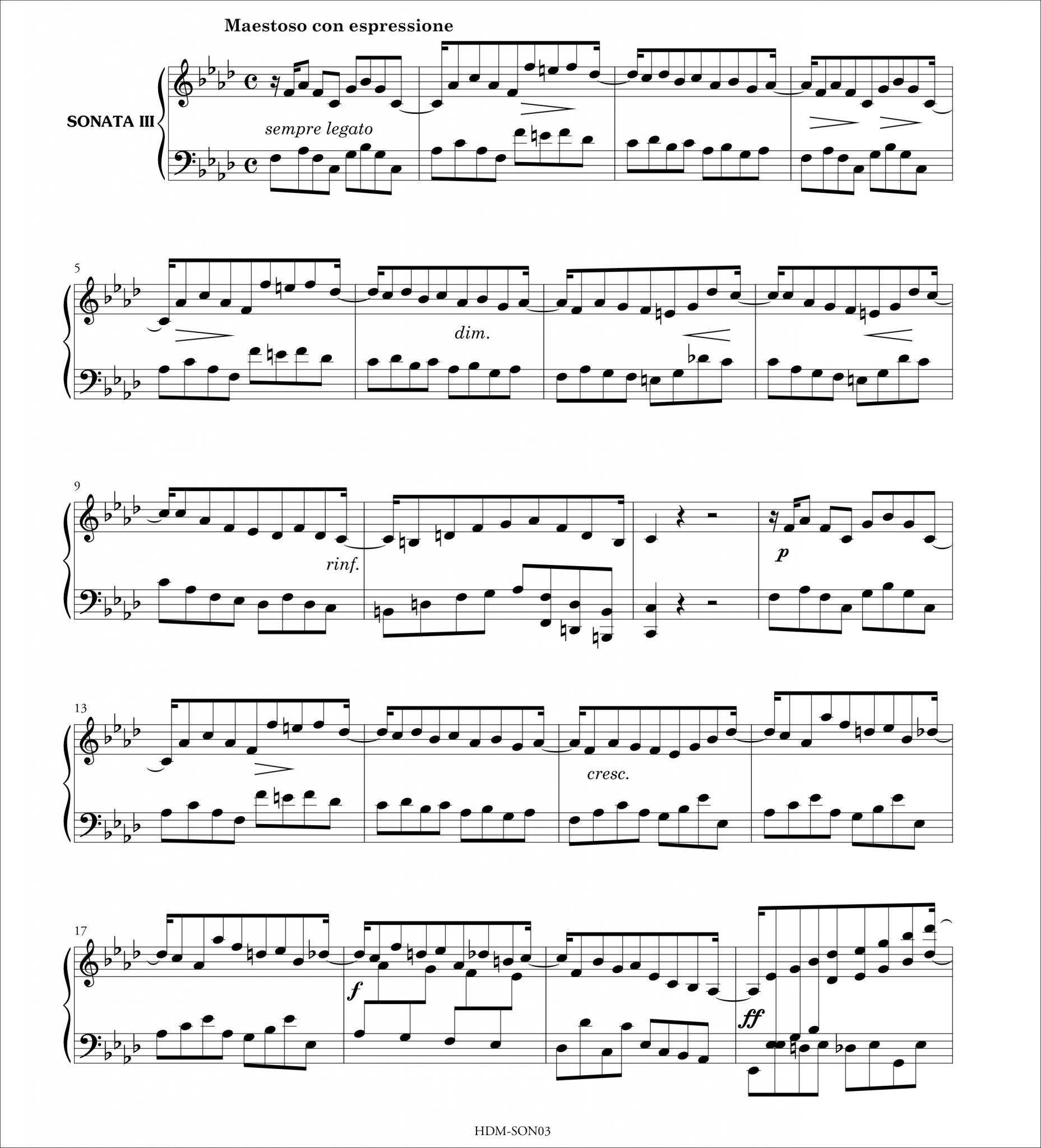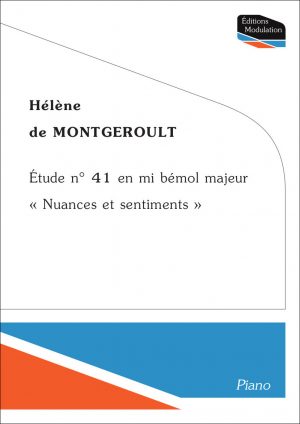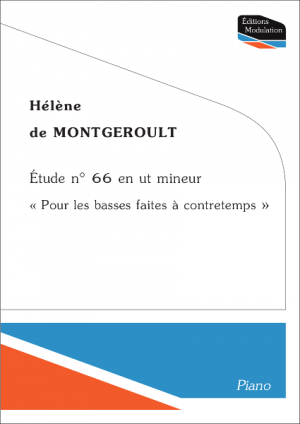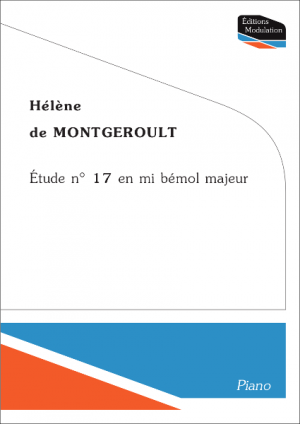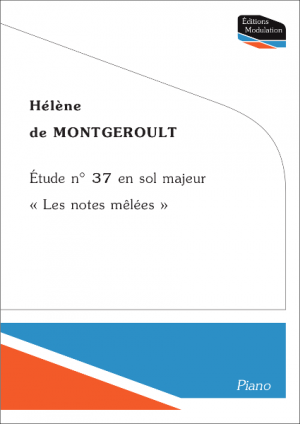Description
“Through the sheer force of her sense of organization, she composed, with no knowledge of harmony, her beautiful
Sonata in F minor and the one in E flat. Later she wished to write with purity, and assimilated counterpoint with a rapidity
that astonished Reicha, her teacher.” Louis Girod de Vienney, Baron of Trémont, wrote these lines. He knew the Marquise
de Montgeroult well, and was her companion for several years. The F minor Sonata to which he refers is clearly her third
(Op. 1 n°3), published in 1795. The Baron’s comments are curious, however, and the reader is hard-put to understand
how she could compose “with no knowledge of harmony”. His words should be interpreted as meaning that she had not yet
learned the rules of harmony and composition.
Montgeroult was a magnificent performer who had played the works of Bach, Handel, Scarlatti, Haydn, and Mozart,
and was also, according to François Miel, “a sublime improviser” with a profound mastery of music. She clearly understood
the subtleties of musical language long before learning its grammar. But she wished to develop further and to possess a
theoretical foundation, and to this end she studied with Reicha, probably in 1799. Her ability to learn quickly bears witness
to her musical gifts. As early as 1800 Grétry referred to her as “a musical genius”, and Cherubini, another great master of
counterpoint, is even said to have declared, “Madame, we are all your students!”
Trémont, who often heard Montgeroult play, wrote admiringly of her : “No pianist among her contemporaries took such
pains to apply this principle (making the piano sing) ; none of them achieved as loud a sound or played an adagio with such
deep expression.” The Baron, who at the time of his separation from Montgeroult knew Beethoven personally, was critical
of his performing style (“His piano playing was not correct, and his fingering was often faulty, which resulted in a neglect of
sound quality.”) while recognizing that his genius lay elsewhere. The Baron’s assessment of Beethoven indicates that he had
the incomparable sound of Hélène de Montgeroult’s playing in his ears. He added, “Pianos had only five and a half octaves,
or six at most. While she knew that the piano’s compass would progressively expand, she did not want to compose beyond
the limits of five octaves. She felt that the additional notes sounded dry in the treble and blurry in the bass.”
The first three Sonatas of Montgeroult’s Opus 1 were announced in the Journal de Paris on 4 Floréal Year III (23
April 1795). They were published by the Magasin de musique à l’usage des fêtes nationales. Montgeroult, referred to
as citizen “Gaultier-Montgeroult, artist, whose husband was heinously murdered by the Austrians”, had been requisitioned
by the Committee for Public Safety on 6 or 7 Floréal Year III (25 or 26 April 1794) “to use her talent for patriotic
celebrations”. Since the piano could not be used in parades and outdoor events, the requisition took the form of a piano
professorship at the Conservatory, where Montgeroult was in charge of the men’s piano class. The Sonatas’ publication
anticipated her appointment at the Conservatory by several months while also fulfilling the requisition’s implicit requirements.
Further undated publications of opus 1 were also brought out by Troupenas and Hanry, and met with success. The publisher
F.S. Lischke, based in Berlin, issued a separate and greatly modified version of the F minor Sonata at an unknown date.
Beethoven’s Op.2 Sonatas, Hyacinthe Jadin’s Op. 4 and 5 Sonatas, and sonatas by Dussek were also published in 1795.
These works, which date from a crucial period in the history of the piano sonata, show that the number of movements they
contained had not yet been set, and that many of them do not include a slow movement because pianos of the time had a
rapid decay. Jean-Louis Adam, who succeeded Montgeroult at the Conservatory, claimed that the sound of a note faded by
the time one counted to four.
Only a few copies of the F minor Sonata work have survived in public libraries. This would indicate that sonatas of the
period were intended for private libraries, which were quite unstable.
Jérôme Dorival, Éditions Modulation director – november 2014. (Translation : Marcia Hadjimarkos)

